Regulatory Support for Renewable Energy
The Solar Cable Market benefits significantly from regulatory support aimed at promoting renewable energy sources. Governments across various regions are implementing policies and incentives to encourage the adoption of solar energy, including tax credits, rebates, and feed-in tariffs. For instance, recent data suggests that countries with robust regulatory frameworks have seen a marked increase in solar installations, which directly correlates with the demand for solar cables. This supportive environment not only fosters investment in solar technology but also stimulates the growth of the Solar Cable Market. As regulations continue to evolve, the market is likely to witness further expansion, driven by both public and private sector initiatives.
Increased Investment in Solar Infrastructure
Investment in solar infrastructure is a critical driver for the Solar Cable Market. As more stakeholders recognize the long-term benefits of solar energy, funding for solar projects is increasing. This influx of capital is not only directed towards solar panel technology but also significantly impacts the demand for solar cables, which are essential for connecting solar systems. Recent reports indicate that investments in solar infrastructure have reached unprecedented levels, with projections suggesting continued growth in the coming years. This trend underscores the importance of solar cables in the overall solar energy ecosystem, as they play a vital role in ensuring efficient energy transmission and system reliability.
Rising Energy Costs and Demand for Alternatives
The Solar Cable Market is also influenced by the rising costs of traditional energy sources, which compel consumers and businesses to seek alternative energy solutions. As fossil fuel prices fluctuate, the demand for renewable energy, particularly solar power, is on the rise. This shift is evident in the increasing number of solar installations, which in turn drives the need for high-quality solar cables. Market data indicates that regions experiencing significant energy price hikes are more likely to invest in solar technology, thereby boosting the Solar Cable Market. This trend suggests a growing recognition of solar energy as a viable and cost-effective alternative, further propelling market growth.
Technological Innovations in Solar Cable Market
The Solar Cable Market is experiencing a surge in technological innovations that enhance the efficiency and durability of solar cables. Recent advancements in materials, such as the development of cross-linked polyethylene (XLPE) and polyvinyl chloride (PVC), have improved the performance of solar cables under various environmental conditions. These innovations not only increase the lifespan of solar installations but also reduce maintenance costs, making solar energy more appealing to consumers and businesses alike. Furthermore, the integration of smart technologies, such as monitoring systems, is becoming more prevalent, allowing for real-time performance tracking. This trend indicates a shift towards more reliable and efficient solar energy solutions, which is likely to drive growth in the Solar Cable Market.
Growing Awareness of Environmental Sustainability
The Solar Cable Market is witnessing a heightened awareness of environmental sustainability among consumers and businesses. As climate change concerns escalate, there is a growing preference for renewable energy solutions, particularly solar power. This shift in consumer behavior is driving demand for solar installations, which subsequently increases the need for solar cables. Market analysis indicates that regions with higher environmental consciousness are more likely to invest in solar technology, thereby propelling the Solar Cable Market. This trend reflects a broader societal movement towards sustainable practices, suggesting that the demand for solar cables will continue to rise as more entities commit to reducing their carbon footprints.


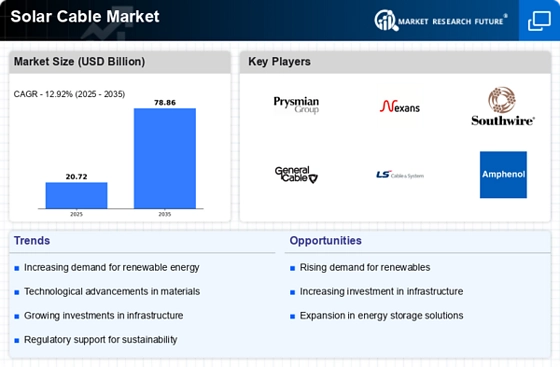

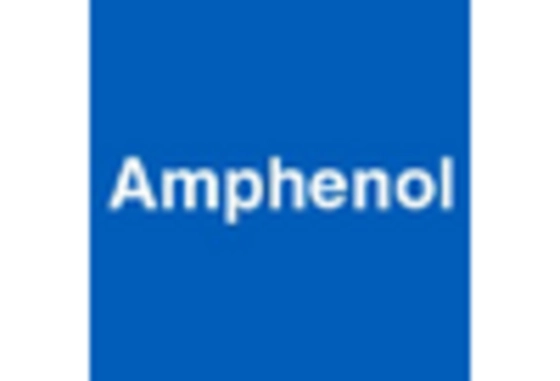
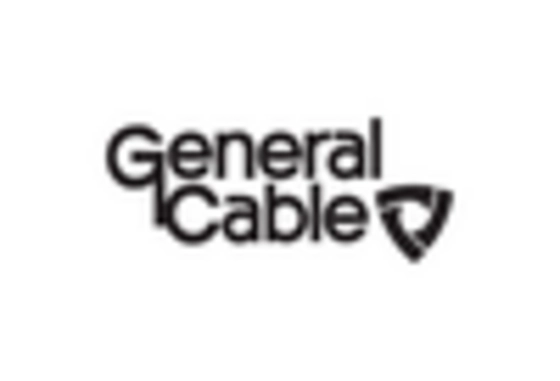

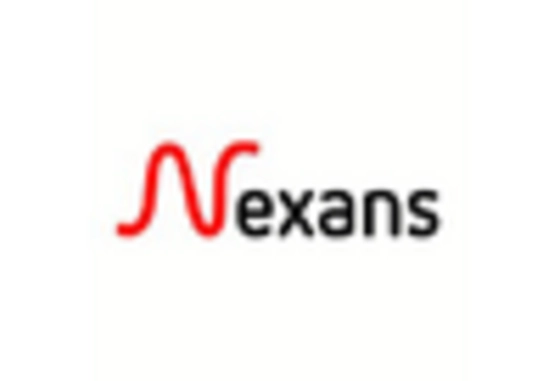
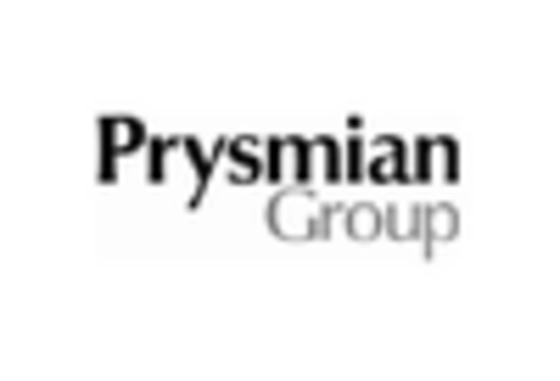
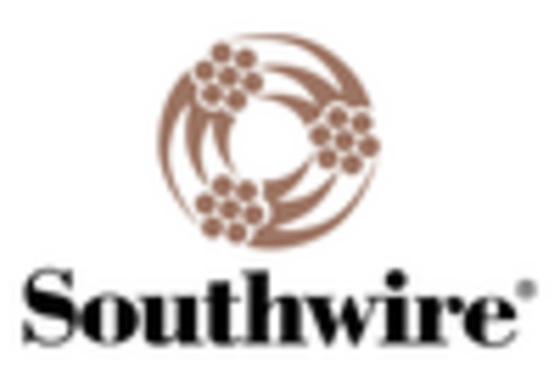








Leave a Comment